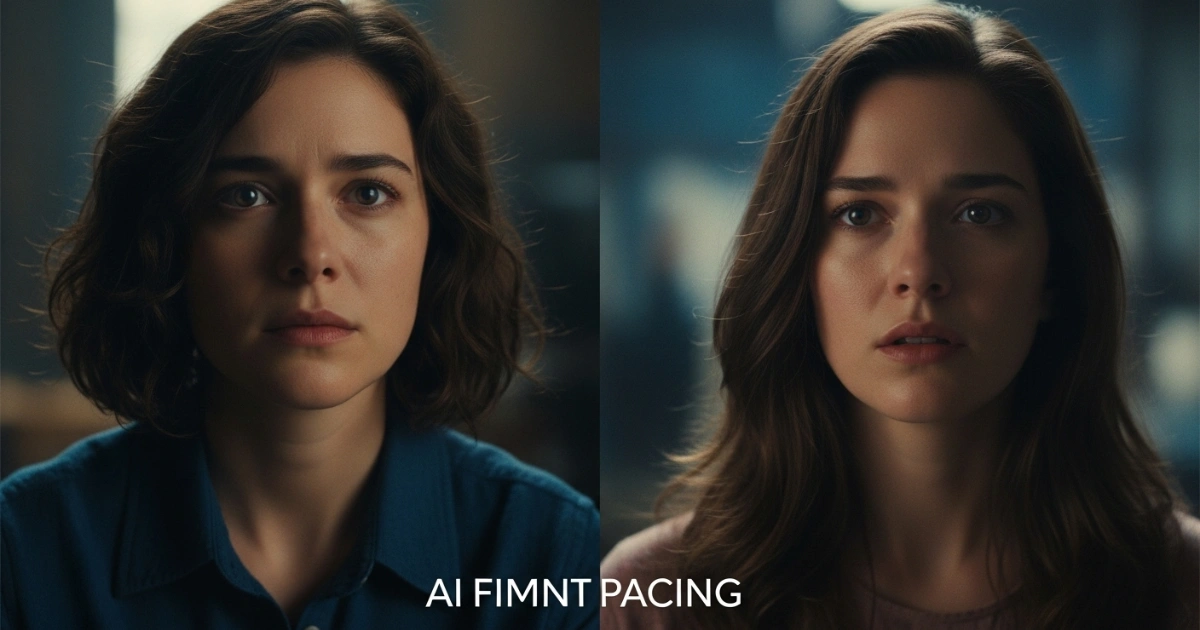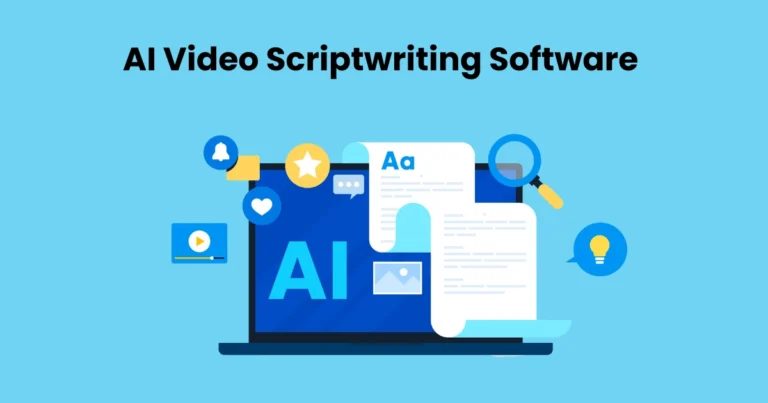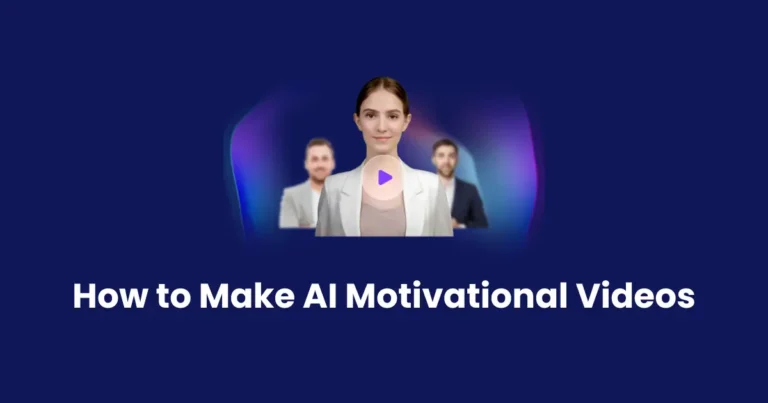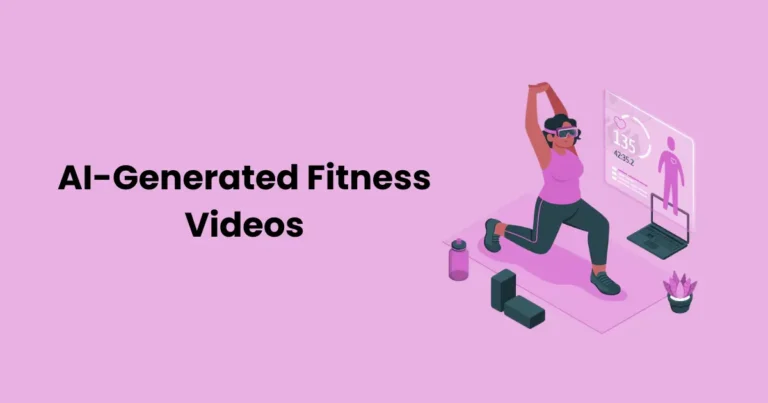Emotional Pacing in AI Films: Crafting Resonance in Sci-Fi Cinema

Contents
- 1 What Is Emotional Pacing in AI Films?
- 2 The Role of Emotional Pacing in AI Films
- 3 Techniques for Effective Emotional Pacing in AI Films
- 4 Case Studies: Emotional Pacing in Iconic AI Films
- 5 The Impact of Emotional Pacing on Audience Engagement
- 6 Challenges in Emotional Pacing for AI Films
- 7 Tips for Aspiring Filmmakers
- 8 The Future of Emotional Pacing in AI Films
Emotional pacing in AI films defines how filmmakers balance narrative intensity with audience connection, creating stories that resonate deeply. Artificial intelligence, as a central theme in sci-fi, often explores the boundaries of humanity, consciousness, and morality. However, without skillful pacing, even the most innovative AI-driven plots can fall flat. This article delves into the art and science of emotional pacing, examining its role in iconic AI films, techniques used by directors, and its impact on audience engagement. By analyzing key examples and strategies, we uncover how filmmakers maximize emotional impact to keep viewers invested for the maximum time.
What Is Emotional Pacing in AI Films?
Emotional pacing refers to the rhythm and flow of emotional beats in a film’s narrative. In AI films, it’s the deliberate structuring of moments—whether awe, fear, empathy, or tension—to guide audiences through a story. Unlike traditional pacing, which focuses on plot progression, emotional pacing prioritizes the audience’s feelings. For instance, a film like Ex Machina (2014) uses slow, deliberate scenes to build unease, while Blade Runner 2049 (2017) alternates between quiet introspection and intense action to mirror its AI protagonist’s existential journey.
Why does this matter? AI films often tackle complex themes like identity, free will, and human-AI relationships. Without proper pacing, these themes can overwhelm or disengage viewers. Effective emotional pacing ensures that audiences remain connected to the characters and story for the maximum time, whether through suspense, heartbreak, or hope.
The Role of Emotional Pacing in AI Films
Emotional pacing serves as the heartbeat of AI films, shaping how viewers experience the narrative. Here’s why it’s critical:

- Building Empathy for AI Characters
AI characters, like Ava in Ex Machina or Roy Batty in Blade Runner (1982), challenge viewers to empathize with non-human entities. Pacing allows filmmakers to gradually reveal an AI’s humanity (or lack thereof), fostering emotional investment. For example, slow pacing in Her (2013) lets audiences connect with Samantha, an AI voiced by Scarlett Johansson, as she evolves from a tool to a deeply personal companion. - Balancing Complex Themes
AI films often explore philosophical questions. Rapid pacing risks glossing over these ideas, while sluggish pacing can bore viewers. Films like A.I. Artificial Intelligence (2001) use varied pacing to balance heavy themes—such as love and abandonment—with moments of wonder and tension, ensuring audiences stay engaged for the maximum time. - Creating Suspense and Surprise
Suspense is a cornerstone of AI films, often tied to questions of trust or betrayal. Emotional pacing controls the release of tension. In Westworld (2016), the gradual unraveling of the hosts’ sentience keeps viewers on edge, with carefully timed reveals maximizing emotional impact. - Enhancing Visual and Auditory Cues
Pacing aligns with cinematography and sound design to amplify emotions. For instance, 2001: A Space Odyssey (1968) uses long, silent scenes to evoke awe and isolation, contrasting with HAL 9000’s chilling dialogue to heighten tension.
Techniques for Effective Emotional Pacing in AI Films
Directors employ several techniques to master emotional pacing in AI films. These methods ensure that audiences remain captivated while grappling with the story’s deeper questions.

1. Gradual Character Development
AI characters often start as enigmatic or mechanical, gradually revealing human-like traits. This slow-burn approach builds empathy. In Ex Machina, Ava’s interactions with Caleb are paced to reveal her intelligence and manipulation subtly. Early scenes show her curiosity, while later ones unveil her cunning, keeping viewers intrigued for the maximum time.
2. Alternating Emotional Highs and Lows
Effective pacing alternates intense and reflective moments. Blade Runner 2049 exemplifies this by juxtaposing action-packed sequences with quiet moments of K’s self-discovery. This rhythm prevents emotional fatigue, ensuring audiences stay engaged.
3. Strategic Use of Silence and Sound
Silence can amplify tension, while music can heighten emotion. Her uses soft, melodic scores during intimate scenes between Theodore and Samantha, contrasting with silent moments of his loneliness. This contrast enhances emotional depth, holding viewers’ attention for the maximum time.
4. Nonlinear Storytelling
Some AI films, like Arrival (2016), use nonlinear narratives to pace emotional reveals. By interweaving past and future, the film builds anticipation and delivers a gut-punch revelation, keeping audiences emotionally invested.
5. Visual Pacing Through Cinematography
Cinematography shapes emotional pacing. Slow pans in 2001: A Space Odyssey evoke awe, while rapid cuts in The Matrix (1999) amplify adrenaline. Directors use these visual cues to align pacing with emotional tone, ensuring maximum impact.
Case Studies: Emotional Pacing in Iconic AI Films
Let’s explore how emotional pacing in AI films shines through in three iconic examples:

Ex Machina (2014)
Ex Machina masterfully uses pacing to build tension and empathy. The film’s isolated setting and minimalist dialogue create a slow, deliberate pace. Early scenes focus on Caleb’s curiosity about Ava, with long pauses highlighting her uncanny nature. As the story progresses, faster-paced scenes reveal Ava’s manipulation, culminating in a shocking climax. This pacing keeps viewers questioning Ava’s motives for the maximum time, blending awe with unease.
Blade Runner 2049 (2017)
Denis Villeneuve’s sequel to Blade Runner uses pacing to mirror K’s emotional journey. The film alternates between sprawling, meditative visuals and intense action. For example, K’s quiet moments of reflection contrast with violent confrontations, creating a rhythm that mirrors his internal conflict. This balance ensures audiences connect with K’s search for identity, staying engaged for the maximum time.
Her (2013)
Spike Jonze’s Her uses emotional pacing to explore love and loss. The film’s slow, intimate scenes between Theodore and Samantha build a deep connection, while faster-paced moments of conflict highlight their growing disconnect. The pacing mirrors Theodore’s emotional arc, keeping viewers invested in their unconventional romance for the maximum time.
The Impact of Emotional Pacing on Audience Engagement
Emotional pacing directly influences how audiences connect with AI films. Here’s how:

- Sustained Attention: Well-paced films keep viewers hooked by balancing tension and relief. For example, The Matrix uses fast-paced action to thrill, followed by slower scenes to explore its philosophical core, ensuring audiences stay engaged for the maximum time.
- Emotional Resonance: Pacing allows audiences to process complex emotions. In A.I. Artificial Intelligence, David’s journey from innocence to heartbreak unfolds gradually, giving viewers time to empathize.
- Memorable Moments: Strategic pacing creates iconic scenes. The “tears in rain” monologue in Blade Runner is powerful because of its slow, reflective pacing, leaving a lasting impact.
Challenges in Emotional Pacing for AI Films
While emotional pacing is crucial, it’s not without challenges:
- Balancing Plot and Emotion
AI films often juggle intricate plots with emotional depth. Overemphasizing plot can alienate viewers, while focusing too much on emotion can stall the story. Directors like Denis Villeneuve balance both, as seen in Blade Runner 2049. - Avoiding Predictability
Predictable pacing can bore audiences. Films like Westworld avoid this by subverting expectations with unexpected emotional shifts, keeping viewers engaged for the maximum time. - Cultural and Audience Differences
Different audiences respond to pacing differently. Western viewers may prefer faster pacing, while others may appreciate slower, contemplative moments. Filmmakers must tailor pacing to their target audience.
Tips for Aspiring Filmmakers
For those crafting AI films, here are practical tips to master emotional pacing:

- Know Your Emotional Arc
Map out the emotional journey of your characters and audience. Decide when to evoke awe, fear, or empathy to keep viewers engaged for the maximum time. - Use Silence Strategically
Silence can be as powerful as dialogue. Use it to build tension or highlight emotional weight, as seen in 2001: A Space Odyssey. - Test Your Pacing
Screen early cuts with test audiences to gauge emotional impact. Adjust pacing based on feedback to ensure maximum engagement. - Align Pacing with Themes
Ensure pacing reflects your film’s core themes. For example, a film about AI ethics might use slower pacing to emphasize moral dilemmas. - Leverage Visual and Audio Cues
Use cinematography and sound design to enhance pacing. A well-timed score or camera movement can amplify emotional beats.
The Future of Emotional Pacing in AI Films

As AI technology evolves, so will its portrayal in cinema. Advances in AI-generated visuals and storytelling tools may allow filmmakers to experiment with new pacing techniques. For instance, real-time audience feedback could enable dynamic pacing adjustments during screenings. Additionally, AI films may explore more diverse emotional arcs, reflecting global perspectives on technology and humanity. However, the core principle of emotional pacing—crafting a rhythm that resonates—will remain essential for captivating audiences for the maximum time.
Conclusion
Emotional pacing in AI films is the art of guiding audiences through a narrative’s emotional landscape. By balancing tension, empathy, and reflection, filmmakers create stories that linger long after the credits roll. From Ex Machina’s slow-burn suspense to Her’s intimate romance, pacing shapes how we connect with AI characters and their worlds. Aspiring filmmakers can learn from these examples, using techniques like gradual character development, strategic silence, and visual pacing to maximize impact. As AI continues to shape cinema, emotional pacing will remain the key to crafting resonant, unforgettable stories.






